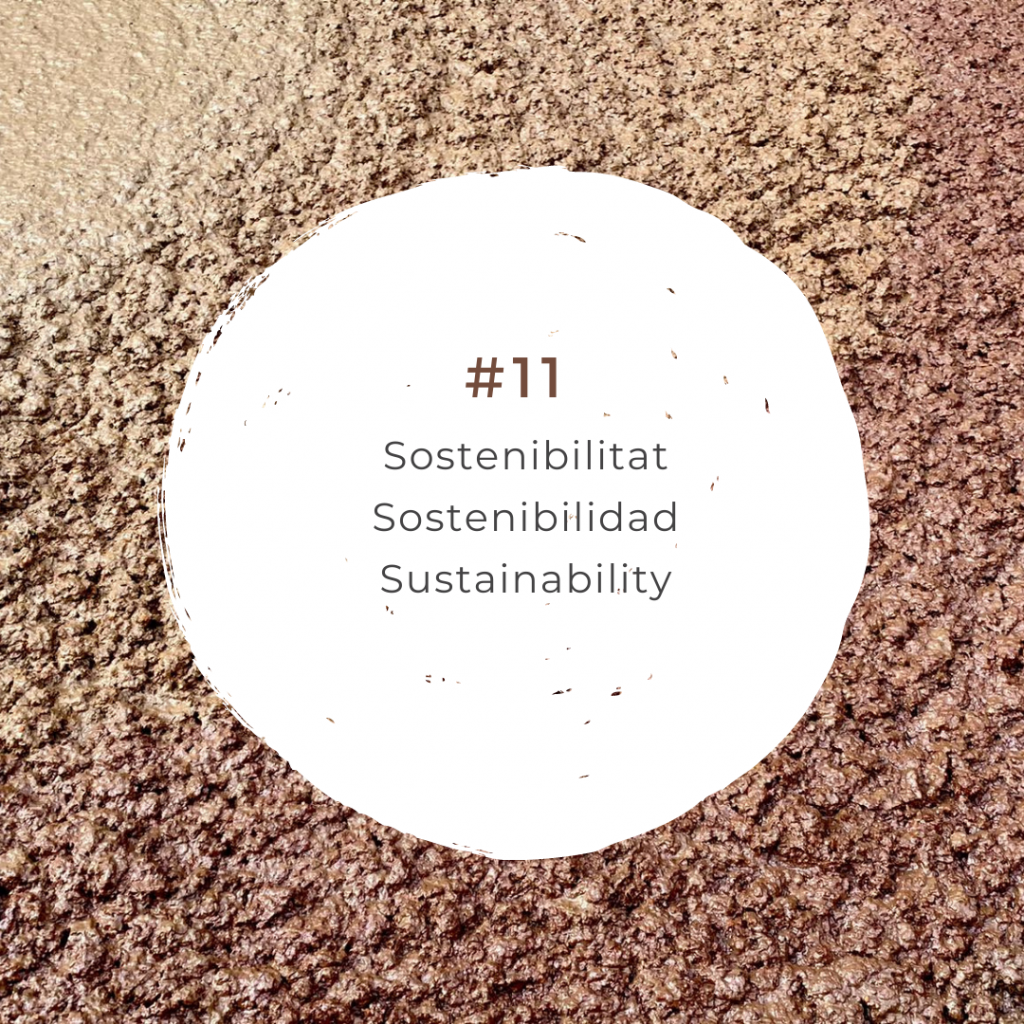Sustainability
The full use of the olive tree and the oil during its transformation process has completely transformed the environmental impact.
Today, almost the entire sector has implemented the circular economy in all processes, taking advantage of all the waste and by-products generated.
The by-products (hojín, orujos, alperujo, alpechín and os) are reused for some purpose.
The hojin,
or remnants of fine leaves and branches, are generated as a result of the olive being cleaned before processing.
It was traditionally used for animal feed. Many producers now use it to produce compost and return it to their farms as fertilizer.
It is also being used to generate energy from biomass.
The pomace
is the pulp and bone paste after the oil has been extracted.
This waste is currently treated in several ways.
The big industry uses it as a raw material to extract olive pomace oil.
It is also used, together with the leaf for composting and returned to the farms as fertilizer or can be used as animal feed.
The bear.
There are some manufacturers that separate the bone during the process.
This waste is beginning to have a good demand for use as a fuel (biomass) and for the manufacture of cosmetics (exfoliants) and in the construction sector.

The full use of the olive tree and the waste from the transformation process guarantees the circular economy and environmental sustainability.
Articles of interest:
Oil By-Products – Environment: https://www.youtube.com/watch?v=jJL8qHjcAcg


